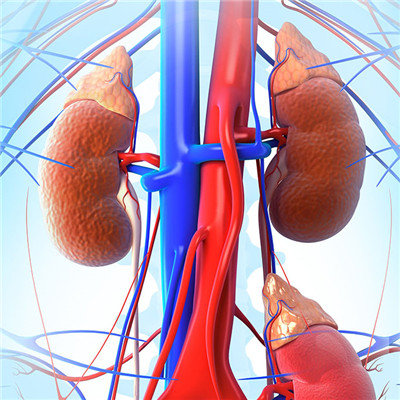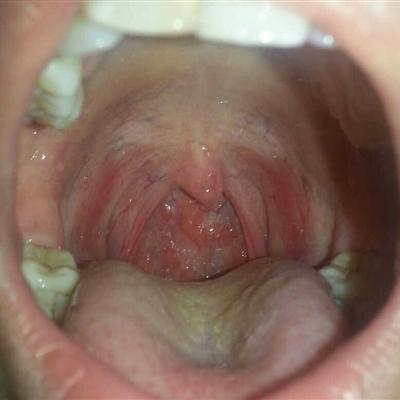Patent foramen ovale in infants?
summary
The formation of foramen ovale occurs at the 6th and 7th week of embryonic development. The atrial septum sends out two septa successively. The first septum is the primary septum or the first septum, and the second septum is the secondary septum or the second septum. The primary septum grows from the dorsal wall of the atrium midline in a half moon shape, grows to the atrioventricular canal, fuses with the endocardial cushion, and leaves a small hole with the end of the atrioventricular septum, which is called the primary foramen. Before the primary foramen is closed, the proximal part of the primary septum forms a foramen, called secondary foramen, which is the normal passage of blood during the fetal period. At the same time, on the right side of the first septum, a sickle shaped septum grows from the atrial wall, which is called the secondary septum or the second septum. This septum does not continue to grow. The separated atrium stops midway. The sickle shaped depression is oval, which is called the oval fossa. At the oval fossa, the primary septum and the secondary septum fail to adhere and fuse, leaving a small gap, which is called the foramen ovale. Let's talk about the symptoms of patent foramen ovale.
Patent foramen ovale in infants?
Foramen ovale is a vital channel for fetal development. It is through this channel that the umbilical vein blood from the mother enters the left cardiac cavity of the fetus, and then distributes to the whole body to provide oxygen and nutrients for fetal development. When the baby was born, with the first cry, the left atrial pressure increased, making the left primary septum cling to the right secondary septum, resulting in functional closure, and reaching anatomical closure within one year. If the foramen ovale of children over 3 years old is still not closed, it is called patent foramen ovale.

Patent foramen ovale (PFO) is the most common congenital heart abnormality in adults at present. It can be detected in about 4 normal people. For a long time, it has been considered that patent foramen ovale does not cause shunt between the two rooms and has no effect on cardiac hemodynamics. In recent years, many studies have shown that there is a close relationship between patent foramen ovale and patients with stroke of unknown origin. This is because through the patent foramen ovale, the following emboli can enter the left ventricular system and cause corresponding clinical symptoms: ① thrombosis of deep vein or pelvic vein of lower extremity; ② thrombosis of deep vein of lower extremity; ③ thrombosis of deep vein of lower extremity; ② Air embolus caused by diving sickness or decompression sickness; ③ Fat emboli formed after surgery or trauma. Moreover, the risk of recurrence of patent foramen ovale is still high in patients with thrombosis. Therefore, it is expected to reduce the incidence of patients by closing the open foramen ovale in high-risk groups. In addition, we also found that patent foramen ovale is related to decompression sickness and migraine, and closure of foramen ovale may be beneficial to these patients.

In the past, the closure of patent foramen ovale depended on surgery. The success rate of surgical treatment is high, the mortality is very low, but the trauma is large, there may be complications such as atrial fibrillation, pericardial effusion, postoperative bleeding and wound infection, so it has been rarely used in recent years. With the progress of science and technology, especially the development of cardiac catheterization technology, a considerable number of left to right shunt congenital heart diseases (such as patent ductus arteriosus, atrioventricular septal defect) can be cured by interventional therapy. In recent years, clinical practice has proved that this technique is safe, effective and feasible for permanent closure of the open foramen ovale.

matters needing attention
Children's staple food should be rice porridge, wheat paste, soft rice, dried noodles, bread, steamed bread, steamed buns, dumplings, wonton, and milk, soybean milk, etc., and the raw materials such as rice, millet, corn flour, cereal, flour, potato, etc. should be used alternately. Vegetables and meat should be the best choice for non-staple food. Raw materials such as bean products, chicken and duck blood, eggs, livestock and poultry, fish and shrimps, laver, kelp and other seafood should also be used in turn. Snacks are lotus root powder, jujube mud, red bean porridge, cake, biscuit, mung bean soup or milk, soybean milk as the preferred food. After 30 minutes or so can eat a fresh fruit.

















